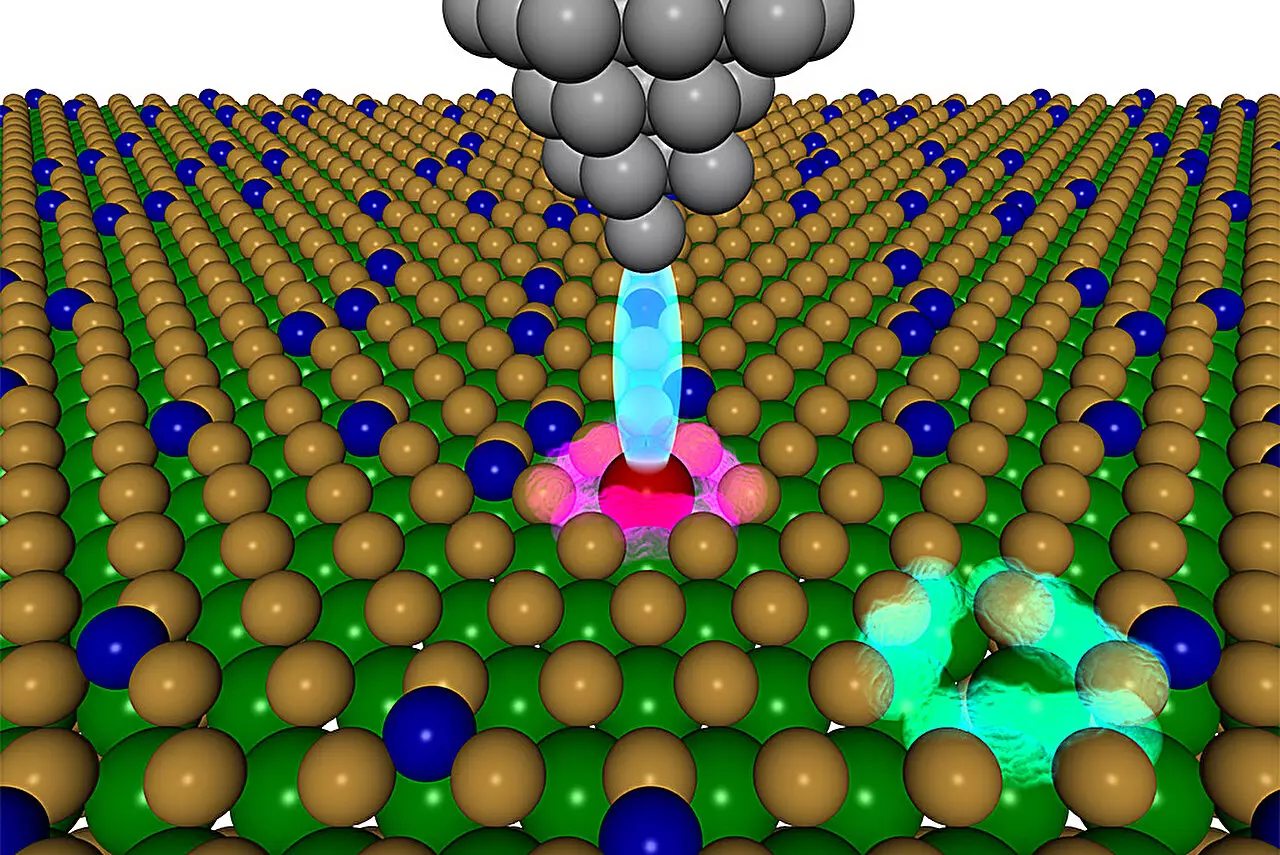The quest for breakthrough materials in quantum science has heralded a transformative era, with researchers now poised to significantly advance this frontier. At the heart of this endeavor, a collaborative study involving the Lawrence Berkeley National Laboratory (Berkeley Lab), Dartmouth College, Penn State, and others has introduced a novel methodology for finding and evaluating promising quantum materials. This innovative approach aims to overhaul traditional research paradigms, effectively streamlining the route from theoretical prediction to practical application in quantum technologies.
What sets this investigation apart is its systematic use of high-throughput computational methods to predict the properties of numerous materials, thereby establishing a shortlist of candidates for in-depth experimental analysis. This methodology emphasizes the potential of combining theoretical insights with precision fabrication, creating a bridge between theoretical science and experimental validation. By reconfiguring the research process, the team is not merely enhancing efficiency but reshaping the foundational approach to material discovery in quantum applications.
Revolutionizing Material Discovery
Traditionally, the search for functional quantum defects has been haphazard, relying heavily on serendipitous discoveries through painstaking experimentation. Researchers frequently find themselves fabricating and studying individual defects, which can take decades before yielding results with desirable quantum properties. The current study flips this paradigm, leveraging advanced computational techniques to rapidly evaluate the properties of over 750 defects in the two-dimensional material tungsten disulfide (WS2). This approach enables scientists to identify deficiencies or enhancements that may significantly contribute to quantum applications, such as computing and telecommunications, accelerating the pace of discovery.
The collaborative nature of the research is another salient feature, transcending institutional boundaries to unite theorists and experimentalists. The intimate dialogue between these groups creates a rich environment for feedback and optimization, fostering an innovative culture that celebrates the exchange of ideas. The outcome isn’t just a set of experimental results; it’s a model for how collaboration can invigorate research efforts and catalyze breakthroughs in materials science.
Precision in Fabrication
One of the monumental challenges faced by researchers in this field is the intricate task of fabricating defects with tight tolerances. The Berkeley Lab team has met this challenge head-on by engineering an incredibly precise method of defect creation at the atomic level. Utilizing advanced techniques involving scanning tunneling microscopes and controlled ion bombardment, they not only created defects but did so with extraordinary precision. This level of control is paramount in ensuring that the quantum properties of the defects are preserved, a critical factor for their application in quantum information systems.
This meticulous precision opens new avenues for utilizing defects, enabling them to be used as fundamental components in quantum communications, such as facilitated information transmission through entangled states. Interestingly, it reinforces the concept of modularity in quantum materials, akin to constructing complex systems with LEGO blocks, allowing researchers to design and optimize functionalities in ways that were previously unachievable.
Constructing the Quantum Defect Genome
In addition to their experimental successes, the team has contributed to the academic community by launching the Quantum Defect Genome, a publicly accessible database dedicated to the properties of quantum defects. This initiative demonstrates a commitment to open science, inviting the global research community to participate in pooling their findings. The aim is not only to enrich the collective knowledge base but to foster collaborative research that could expedite advancements in quantum science, thereby promoting continuous innovation.
Establishing such a database signifies an insight into the importance of shared information and establishes a culture of collaboration among researchers worldwide. As the database expands with data from various institutions, the hope is that it will enable quicker identification of effective quantum defects and usher in a new age of rapid design and experimentation.
Future Directions and Implications
Looking forward, the research team is keen on refining their methodologies and expanding their investigations beyond WS2 to explore defects in other materials like silicon. Each exploration holds the potential to uncover new functionalities that could revolutionize quantum systems. For instance, researchers are focused on how to stabilize fragile quantum states that are susceptible to environmental disturbances, a significant hurdle in practical applications.
In a world on the brink of technological transformation, the ability to design and fabricate materials at the atomic level based on theoretical predictions marks a giant leap forward. This pioneering research not only enriches the fundamental understanding of quantum materials but also illuminates pathways for groundbreaking innovations that have yet to be imagined. The synergy produced from collaborative research and the advancement of computational techniques will undoubtedly continue to propel this field into an exciting future.

